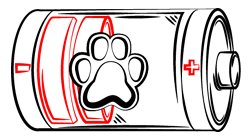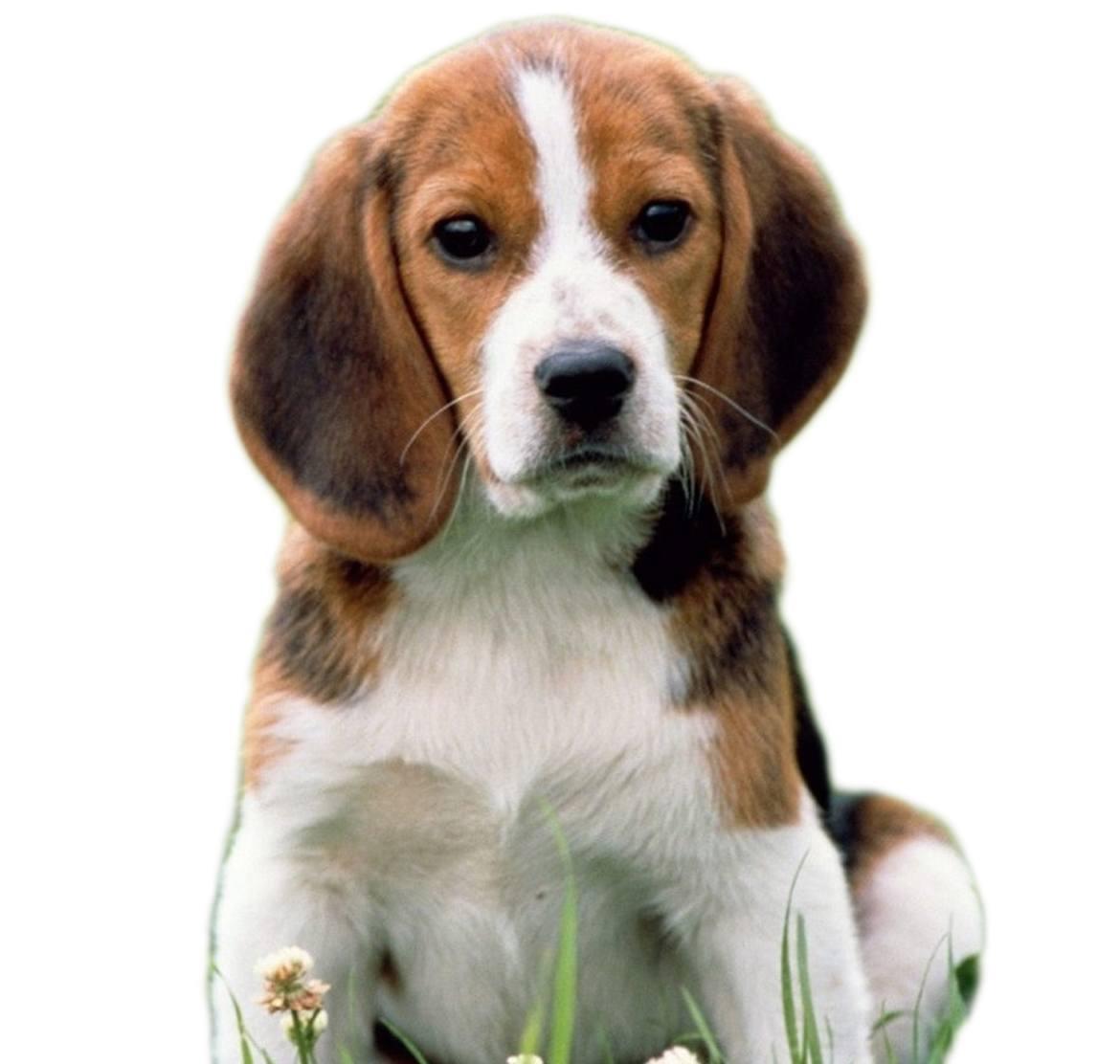
Paws ‘N’ Pups Quickview
Size
| Energy Level
| Trainability
| Paws ‘N’ Pups Rank
|
Characteristics
| Physical Characteristics: Height: 7-12” Weight: 7-15 lbs. Energy Level: Moderate | Colors: The American Kennel Club recognizes the Pocket Beagle in the following colors:
|
Health & Longevity
Average Life Span: 10-15 years
The Pocket Beagle is a miniature version of the Beagle and is not recognized by the American Kennel Club. Although the breed is reasonably healthy, there are a variety of health problems the Pocket Beagle may experience.
Joint problems like hip dysplasia and patellar luxation may affect Pocket Beagles. Hip dysplasia occurs when the hip joint is malformed, resulting in the inability of the thighbone to fit properly into place. It can lead to discomfort, pain, limping, and, in severe cases, arthritis or lameness. Surgery may be required to treat these severe cases. Although this condition is hereditary, it can be triggered by rapid weight gain or injury. Patellar luxation is when the knee joint slides easily into and out of place. This dislocation of the knee can potentially lead to arthritis or lameness as well.
A variety of eye disorders have been seen in Pocket Beagles, such as Progressive Retinal Atrophy (PRA), dry eye, cataracts, and glaucoma. PRA involves the degeneration of the retina, which can ultimately lead to failed daytime vision. Vision loss occurs gradually and allows the dog to adjust, and most dogs with PRA still lead happy, high-quality lives. Dry eye occurs when the eye does not produce sufficient tears to remain lubricated.
Hypothyroidism, a condition in which the thyroid does not produce adequate hormones, has been reported in some Pocket Beagles. This condition leads to problems such as obesity, hair loss, infertility, and lethargy. Fortunately, this disease can be treated, but it requires daily medication for the duration of the affected dog’s life.
Beagle Dwarfism is another possibility for Pocket Beagles. This occurs when the dog is unusually small, sometimes resulting in deformities of the legs and spine. Affected dogs may experience pain and have difficulty learning to walk properly. Arthritis and joint issues may eventually result. In some cases, the dog may be relatively healthy and simply look unusual. In other cases, anti-inflammatory medication will be required. In the worst cases, the dog may experience severe, chronic pain, and euthanasia is the most humane solution.
Other health issues a Pocket Beagle may experience include cleft lip or palate, hermaphroditism, and epilepsy.
The average Pocket Beagle has a lifespan of 10-15 years.
Temperament & Train-ability
The Pocket Beagle is cheerful, loving, and joyful with a mischievous sense of humor. He is gentle, sweet, and very social. This breed makes an excellent companion dog who is very affectionate and devoted to his family.
Pocket Beagles can live in apartments, but they need frequent walks and active play time on a daily basis. One hour is the minimum amount of daily exercise for a Pocket Beagle, so if he does live in an apartment, be sure you have access to a yard or outdoor area where he can play and run. The social Pocket Beagle can become destructive if left alone for long periods of time or if not adequately exercised. They do bark, bay, and howl, and you will need to work with your dog to reduce this problem, especially if you do live in an apartment or somewhere with close neighbors. His barking does not make the Pocket Beagle a good guard dog because he is too friendly for this task. Pocket Beagles are “chow hounds” who love food. Do not leave food out, and teach your children not to take food from him or interrupt his eating in any way; Pocket Beagles take meal time very seriously.
If your Pocket Beagle will be spending any amount of unsupervised time outside, be sure he is in a fenced area. They are scent hounds and will take off in pursuit of a promising scent, regardless of cars in the road or other dangers. For the same reason, keep him on a leash when you go for walks.
As pack dogs, the Pocket Beagle can get along very well with people and other dogs. He can form especially strong bonds with children, and is very loving, affectionate, and playful with them. However, they can be “mouthy” and gently grab a child’s hand with their mouths. This is playful, not aggressive, and they can be trained to avoid this behavior.
Training a Pocket Beagle is not an easy task. They can be very stubborn and are not always obedient. They are also very intelligent and can become bored with repetitive or easy training. Use positive reinforcement like treats, verbal praise, or extra playtime. Food as a reward is especially useful with beagles, but be sure to give treats in moderation. Keep sessions short, upbeat, and varied. Be clear and consistent with your rules and expectations. The intelligent Pocket Beagle can be trained, but it will require patience and persistence. They are notoriously difficult to house train, and this endeavor can take up to a year in some circumstances. Pocket Beagles should definitely be crate trained. This will make house training somewhat easier and will provide them with a safe, comfortable environment in the home.
Grooming
Pocket Beagles are relatively low maintenance to groom. They have short, smooth coats that can be properly cared for with a weekly brushing. They shed a moderate amount and should be bathed with a soft soap only when needed.
Trim his nails regularly to prevent overgrowth, cracking, and discomfort. Brush his teeth 2-3 times each week to maintain healthy gums and prevent bad breath. Check his ears regularly for signs of infection like tenderness, redness, and odor. Do not allow excess wax, dirt, or debris to build up.
Diet
On average, the Pocket Beagle should consume 7/8-1 3/8 cups of dry dog food daily. Because Pocket Beagles are chow hounds and will overeat if given the chance, divide food into at least two daily meals. Of course, the exact amount and type of food for your individual dog will depend on factors like his age, weight, metabolism, and activity level.
Ensure that your dog has access to clean, fresh drinking water at all times.
Looking for a Pocket Beagle?
 Find A Pocket Beagle Breeder |  Pocket Beagle Puppies For Sale | 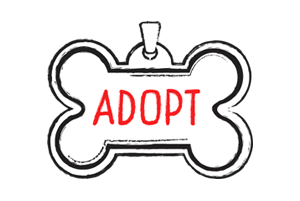 Adopt A Pocket Beagle |
Cost
The cost of a Pocket Beagle can vary, but you should expect to pay $500-$1,500. Prices will vary according to breeder location, gender, and pedigree.
It may be difficult to find a Pocket Beagle available for adoption, but if you do find one, plan to pay up to $175 in adoption fees.
Paws ‘N’ Pups Ranking
Paws ‘N’ Pups ranks every breed out of 4 with 1 being easiest to integrate into your life and 4 being the toughest – The lower the ranking the better.
Ranking takes into account a few basic factors including cost, skill level needed, high vs low maintenance and how critical regular training is to success. The Pocket Beagle ranks a 3. He is an incredibly loving and friendly dog who can get along with most people and animals, and he has an easy-care coat. However, he requires plenty of exercise and activity, and he does not like to be left alone. He also barks or howls frequently, is somewhat challenging to train, and can take as much as a year to house train properly.
Breeds Similar To Pocket Beagle
 English Foxhound | 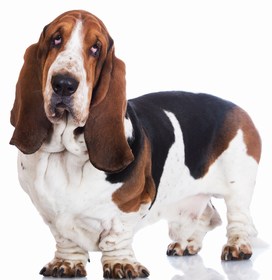 Basset Hound | 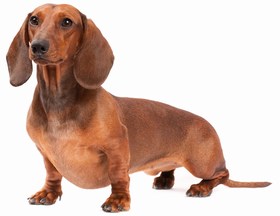 Dachshund | 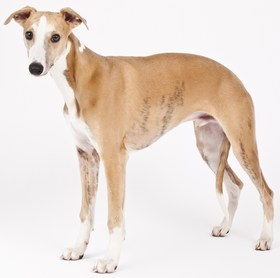 Whippet |


